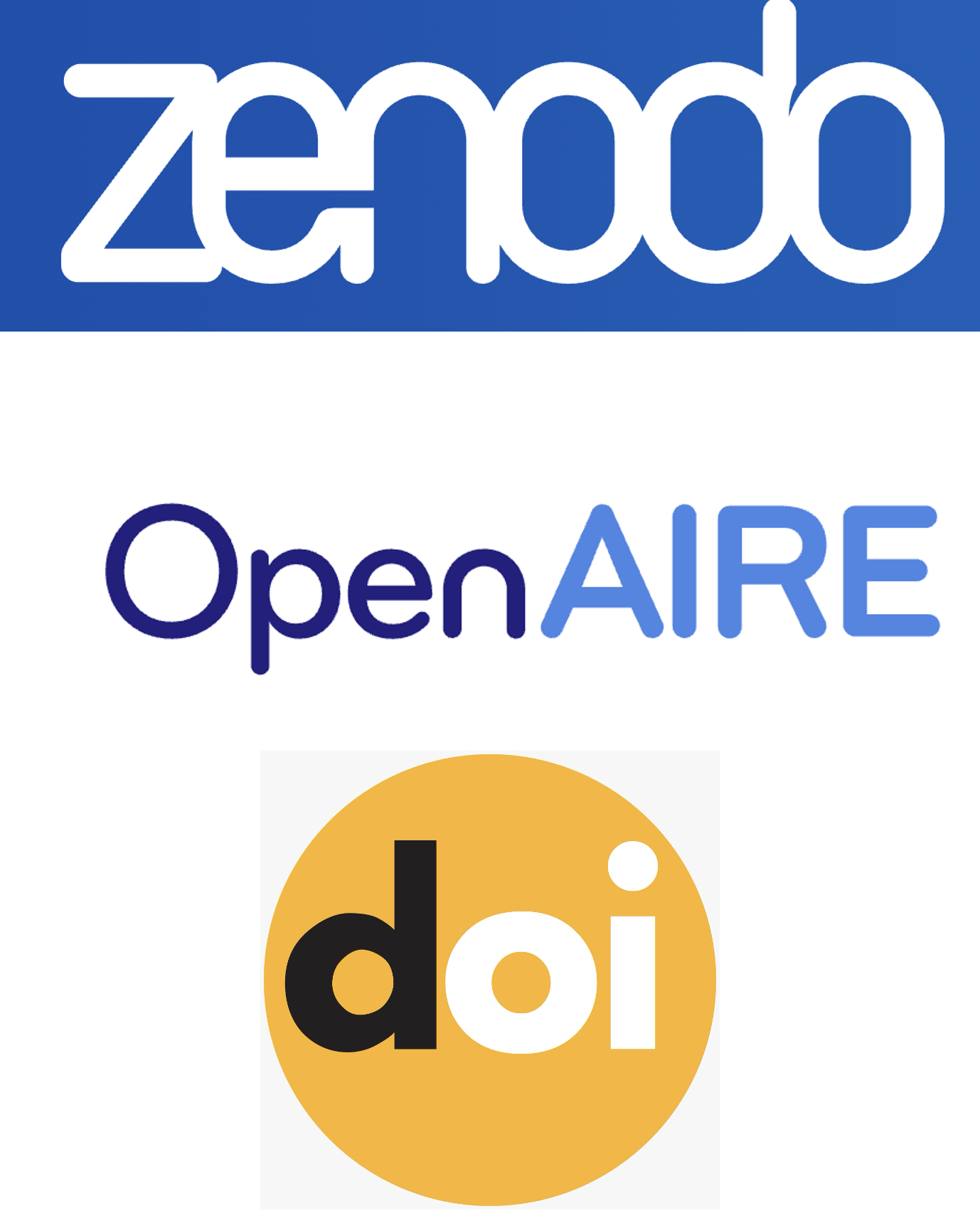Management of postoperative pain in upper abdominal bariatric laparoscopic surgery. External oblique intercostal (EOI) block for rescue analgesia:
Keywords:
External oblique intercostal (EOI) blockAbstract
Management of postoperative pain in upper abdominal bariatric laparoscopic surgery. External oblique intercostal (EOI) block for rescue analgesia:
Fascial plane blocks are becoming an important part of multimodal analgesia with their widespread use and beneficial postoperative effects. Many fascial plane blocks have been described in the last decade. They are also methods used by physicians who struggle with postoperative pain, especially in rescue analgesia. External intercostal (EOI) block was first described in 2021 by Elsharkawy et al. [1].
We aim to present the EOI block which we apply as a successful rescue analgesia after bariatric surgery.
The patient was a 27-year-old morbidly obese female who weighed 140 kg, was 170 cm tall, and had a BMI of 48.4. Patient was scheduled for laparoscopic gastric sleeve surgery for weight loss. After the induction of general anesthesia, the operation was started with mechanical ventilator support and halogenated volatile agent maintenance. A total of 400 mcg fentanyl was administered intraoperatively. Paracetamol 1 mg and tramadol 100 mg intravenously were administered 30 minutes before the end of the operation. The patient was agitated in the postoperative care unit and expressed that her pain was unbearable. Expressed her pain as 10 on the numeric rating scale (NRS). We decided to apply bilateral EOI block to reduce the patient's upper abdominal pain.
Written consent for the procedure and publication has been obtained from the patient.
A linear ultrasound transducer (12-15 MHz Esaote MyLab Five) was placed in the sagittal plane between the midclavicular and anterior axillary lines at the level of 6th rib, 2 cm medial to the anterior axillary line then slightly rotated clockwise as a paramedian sagittal oblique, and the ribs 6th and 7th were visualized as a short axis. The following structures were identified from superficial to deep: subcutaneous tissue; external oblique muscle; intercostal muscles between ribs; pleura, and lung. . Injections were performed in the supine position. A 100 mm block needle (Stimuplex A Braun Melsungen Germany) was inserted in plane and craneocaudal fashion until contact with 6th rib. The needle tip point was advanced to the tissue plane between the external oblique and intercostal muscles at the caudal end of the 6th rib and between the 6th and 7th ribs. After careful aspiration, hydrodissection was performed with 1 ml of saline and it was confirmed that the needle tip was in the correct plane. Then 30 ml 0.25% bupivacaine was injected observing local anesthetic distribution along the desired plane, under external oblique muscle and over the intercostal muscles (Fig.1). The same block technique was performed in the other side with same volume and doses.
The patient referred reduced level of the pain 10 minutes later (NRS 3-4). In the follow-up of the patient's pain in the PACU, NRS was 3 at the 30th minute and 2 at the 45th minute. The patient was sent to the service in a stable and relaxed manner. The patient was administered 1 g paracetamol 3x1 and 20 mg tenoxicam 3x1 intravenously. During the hourly pain follow-up of the patient in the ward, an NRS: 1 was reported at the 4th hour and an NRS: 0 at the 8th hour. The level of analgesia achieved with this block lasted approximately 48 hours.
In upper abdominal surgery, the target dermatomes for analgesia are T6-T10, which are supply by the lateral and anterior cutaneous branches of the intercostal nerves. The recently described EOI block has been used as a component of multimodal analgesia in upper abdominal surgeries. Plan blocks with analgesic effects such as TAP, modified BRILMA, erector spinae block (ESP) have also been defined for bariatric surgery [2, 3]. The widespread use of TAP block is controversial; modified BRILMA is only effective on lateral cutaneous nerve branches. Among these blocks, only ESP block has been reported to be effective in visceral pain [4]. Moreover, the difficulty of positioning the patient on the operating table for postoperative ESP block should also be considered.
EOI block is being more superficial than TAP block, it may be safer in obese patients as it has a clearer endpoint (the rib) where the tip of the needle can be directed more easily. Furthermore, EOI block can be performed in supine without moving the patient, being more comfortable both in intraoperative and postoperative periods.
Considering that the somatic pain component is more dominant in laparoscopic surgery, EOI block includes the advantage of blocking both the lateral and anterior branches of the nerves supplying the upper abdomen somatic areas.
It also allows for the reduction of opioid consumption and its harmful effects, which is very important in morbidly obese patients.
References
1. Elsharkawy H, Kolli S, Soliman LM, Seif J, Drake RL, Mariano ER, El
Boghdadly K The external oblique intercostal block Anatomic evaluation
and case series Pain Medicine 2021 22 11 2436 42
2. Coşkun M, Yardimci S, Arslantaş MK, Altun GT, Uprak TK, Kara YB, Cingi A Subcostal transversus abdominis plane block for laparoscopic sleeve gastrectomy Is it worth the time? Obes Surg 2019 29 3188 94
3. Sebastián RS, Fernández Martín MT, Domínguez Ruiz LC, Taboada RA, Cuesta Agudo MJ, Miguel SM Bilateral modified BRILMA/ serratus intercostal block as rescue analgesia in bariatric surgery J Clin Anesth 2020 28 67 110011
4. Chin KJ, Malhas L, Perlas A The erector spinae plane block provides visceral abdominal analgesia in bariatric surgery A report of 3 cases Reg Anesth Pain Med 2017 42 372 6
Downloads
Published
How to Cite
Issue
Section
License
Copyright (c) 2025 Kasım İlker İtal, Mustafa Türkoğlu

This work is licensed under a Creative Commons Attribution 4.0 International License.






